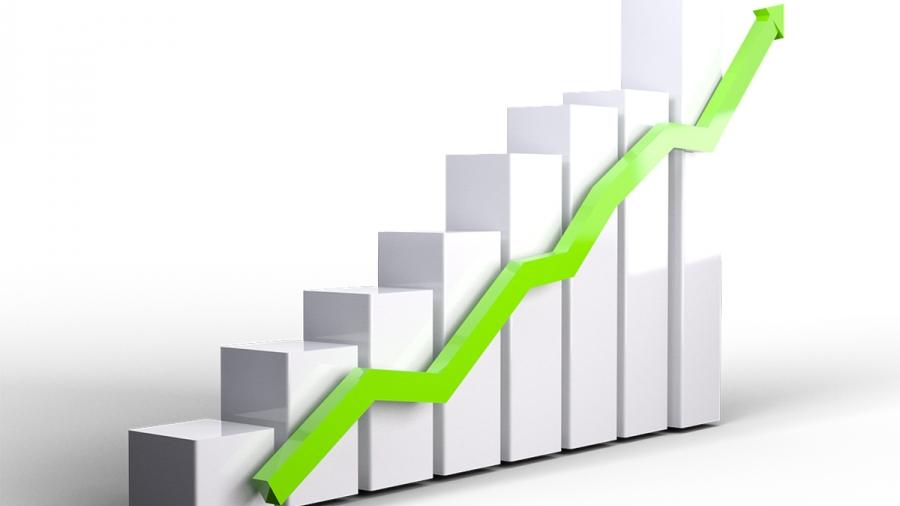
The Tax-Deferred Annuity (TDA) program is an excellent way for eligible UFT members to save extra money that will allow them to fully enjoy retirement. They can defer paying federal income taxes on their TDA, which lowers income taxes during their working lifetime.
Members of the Teachers’ Retirement System (TRS) or the Board of Education Retirement System (BERS) may take advantage of this voluntary, supplemental savings plan with low fees to help build savings. More than 75 percent of in-service and retired members who belong to TRS or BERS already participate in a TDA program.
The Internal Revenue Service (IRS) allows annual TDA contributions of up to $19,500 for members under age 50 and up to $26,000 for members 50 or older. A separate “catch-up” rule applies for members with 15 years of qualifying city employment who have never had a TDA or have not contributed to one in many years.
New York State and New York City also defer state and city income taxes on TDA contributions, and taxes also are deferred on the earnings contributions generate. Members pay taxes on contributions and earnings only when they make withdrawals.
Because it is intended for retirement, the program has strict rules and possible tax penalties on withdrawals before retirement, so it’s advisable to have other savings for emergencies.
Investment options
TRS offers a number of investment options, called Passport Funds, and members may invest in any or all of them. The Fixed Rate of Return Fund offers a guaranteed rate of return set by New York State, currently an annual rate of 7% for UFT members.
The six other investment options are called “variable return” options because the values fluctuate monthly. They are:
- The Diversified Equity Fund, which invests primarily in U.S. companies with the goal of achieving a rate of return comparable to the return of the broad equity market.
- The Balanced Fund, a moderately conservative investment option that includes exposure to bonds and stocks and seeks current income and some capital appreciation.
- The International Equity Fund, which invests primarily in the stocks of non-U.S. equity markets and aims to provide long-term capital growth and to achieve a rate of return comparable to the return on the non-U.S. equity markets.
- The Sustainable Equity Fund invests primarily in stocks of large- and mid-capitalization U.S. companies that meet certain financial and social criteria, with a focus on sustainable business practices, with the objective of achieving positive long-term capital appreciation.
- The U.S. Equity Index Fund invests in the Dow Jones U.S. Total Stock Market Index, with the goal of tracking the total return of the broad U.S. equity market, including large-, mid- and small-cap stocks.
- The International Equity Index Fund invests in more than 6,000 securities in the Morgan Stanley Capital International (MSCI) All Country World Index, with the objective of tracking the total return of non-U.S. equity markets, including developed markets and emerging markets.
Members of BERS have two investment choices: the Fixed Return Fund and the Diversified Equity Fund.
Remember that each retirement board and its advisers carefully select and monitor these investment funds but, as with any market investment, there is no guarantee they will meet their objectives.
The union’s four pillars of retirement security are a defined-benefit pension, Social Security, health insurance and savings. Contributing to a TDA is important for long-term financial health.
This column is compiled by Tom Brown, David Kazansky and Debra Penny, teacher-members of the NYC Teachers’ Retirement Board.

